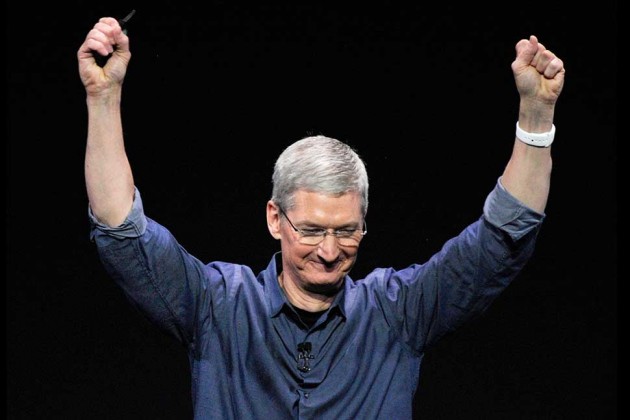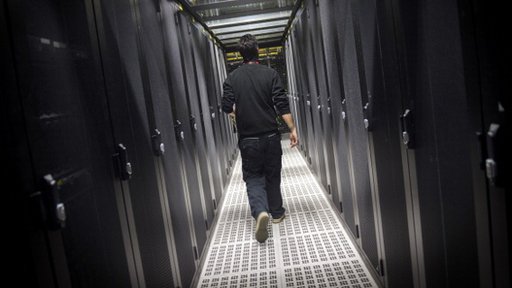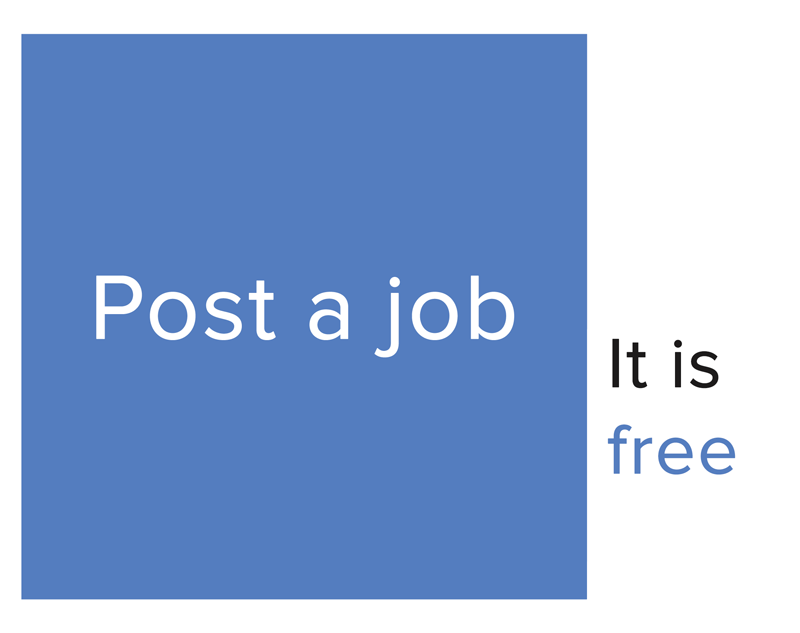
Dr. Apple Takes First Steps Into the Trillion-Dollar Health Sector
The introduction of the pulse-reading Apple Watch along with HealthKit software designed toto log activity and health data form something of a beachhead into the $2.7 trillion U.S. health sector, a vast domain where tech companies large and small have been trying to improve care and reduce cost. And because it’s Apple (AAPL), a move into health care is worth watching closely.
The smartwatch described in Apple Chief Executive Tim Cook’s presentation on Tuesday appears to be a more sophisticated tracking gadget than FitBits or GPS-equipped running watches. The Apple Watch can certainly capture more precise data. Combined with HealthKit’s power to connect fitness, nutrition, and medical data, it will likely have hard-core adherents of the quantified self movement jumping for joy (and measuring how high). More casual users may find it interesting to see, for example, whether their RunKeeper workouts affect how well they snooze as measured by Sleep Cycle. HealthKit will make that kind of analysis simpler, enticing more iPhone users into the world of obsessively measuring their personal performance.
The more intriguing potential of Apple’s new health-care gadgetry is whether it can change behavior, a notoriously tricky challenge for public-health wonks. “Apple Watch gives us the ability to motivate people to be more active and more healthy,” Cook promised. The device will be able to prompt users to stand up after sitting for too long and effortlessly track progress toward workout goals.
But at the margin, for some people, the Apple Watch might help. If not, at least you can still send goofy emoji to your friends.
Apple’s nascent health-care strategy may change the way people who are actively managing chronic diseases such as diabetes or depression experience care. Programs exist to remind people to take medications or help them track their moods, and HealthKit should allow those apps to work more smoothly together and transmit data to doctors’ records—confirming that patients took a dose of medicine, for example.
Apple’s technology could eventually have big consequences for public health and the field known as population health management. That’s the goal of lots of hospitals and health plans: to monitor the health of large groups of people and intervene before illnesses become costly, acute hospital stays. It may also open new frontiers for medical researchers, who have already used smartphones in innovative ways. One study used phones to track the activity of drug users for insights into what makes addicts relapse.
Think of the way Google’s (GOOG) traffic maps detect a backup by examining anonymous location data from lots of Android users stuck in a jam. What might Apple be able to detect by aggregating the daily movements, heart rates, and other health data of potentially millions of Apple Watch users? Could it spot the spread of flu or other infections by detecting regional drops in activity? Such scenarios raise questions about privacy and security, of course, and it’s hard to know what role, if any, the Watch might play.
But it’s clear that HealthKit and the Apple Watch are the start of a foray into a giant market that affects everyone personally and is at the core of America’s fiscal problems. And there’s always one more thing. As sharp-eyed Apple watchers know, the company already has a patent on earbuds that can measure your temperature and heart rate.












